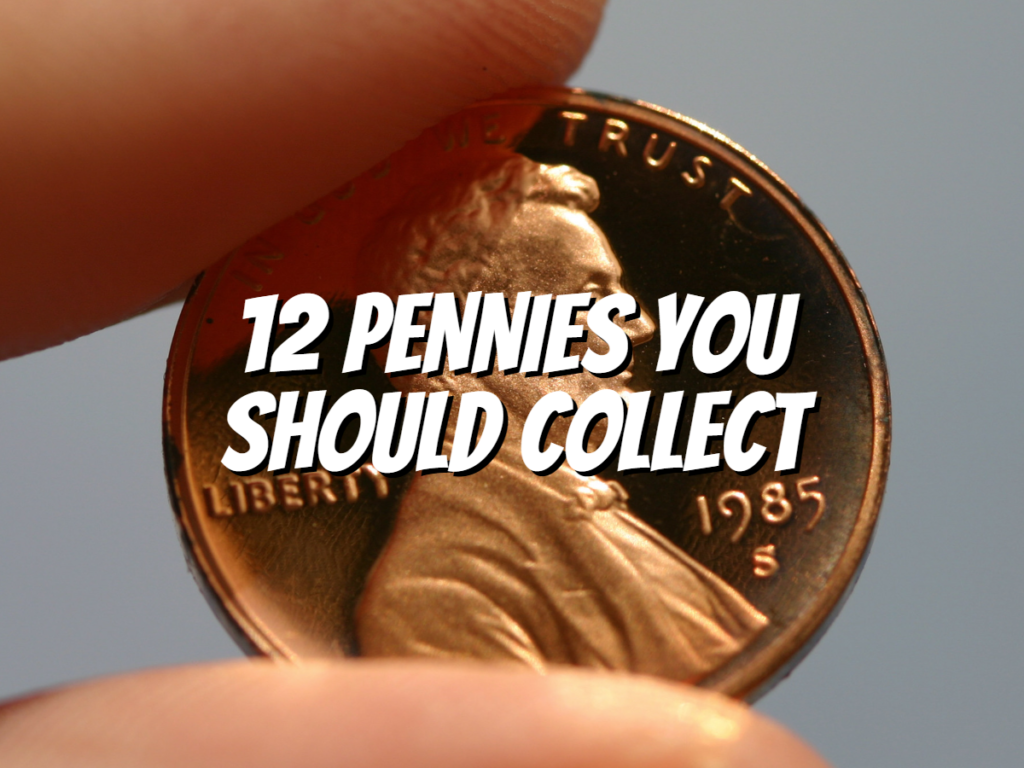I’m sure you’re like me and keep spare change in a jar on your kitchen counter.
However, most people only bother doing something with their spare change and instead put it in a piggy bank.
They have yet to learn the value of some of these coins! Listed below are 12 examples of pennies you should collect:
Pennies You Should Collect:
1914-S Lincoln Penny
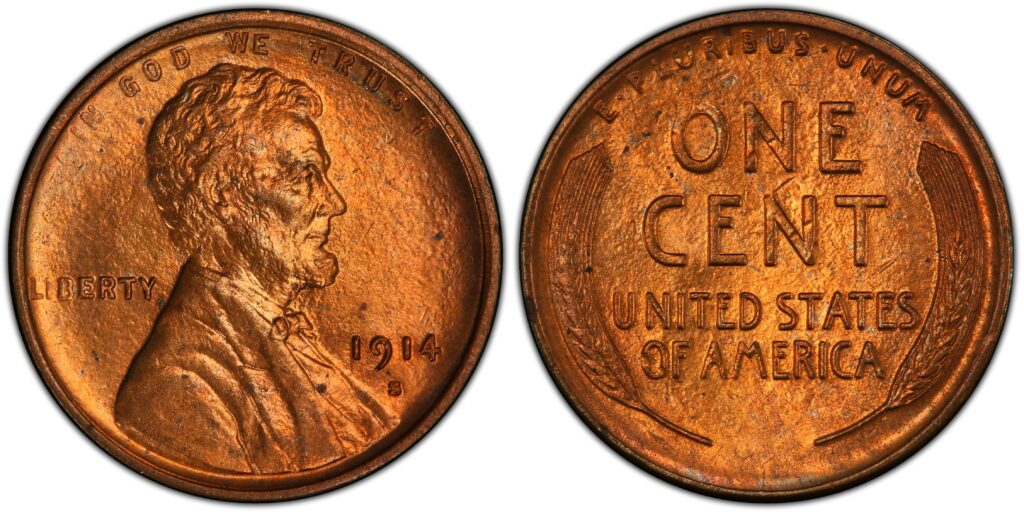
A Lincoln cent from 1914 S is hardly a rare find. Because the San Francisco mint produced over 4 million of them, the fact that it has remained in flawless condition for over a century significantly increases its value.
The coin has kept its original bright red-orange copper color and shows no signs of being in a bag.
1944-D Lincoln Penny on a Steel Planchet
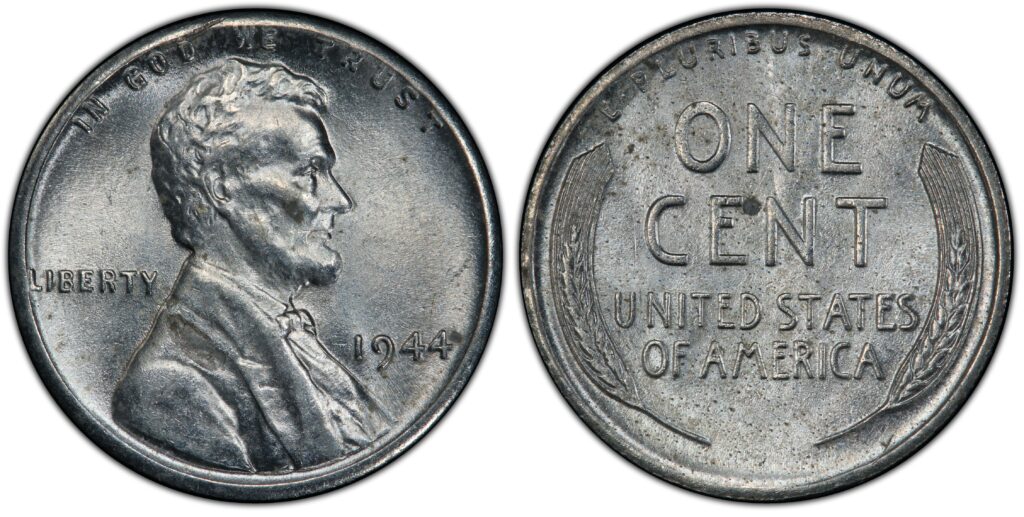
A 1944 Lincoln penny made at the Denver, Colorado, mint is like any other penny.
The American Mint produced more than 430 million. However, the fact that this coin was struck on a zinc-coated steel planchet renders it extremely valuable. Most of these steel planchets’ use occurred in 1943.
But after getting a lot of complaints, the United States Mint switched back to the old copper planchets in 1944.
1909-S V.D.B. Lincoln Penny
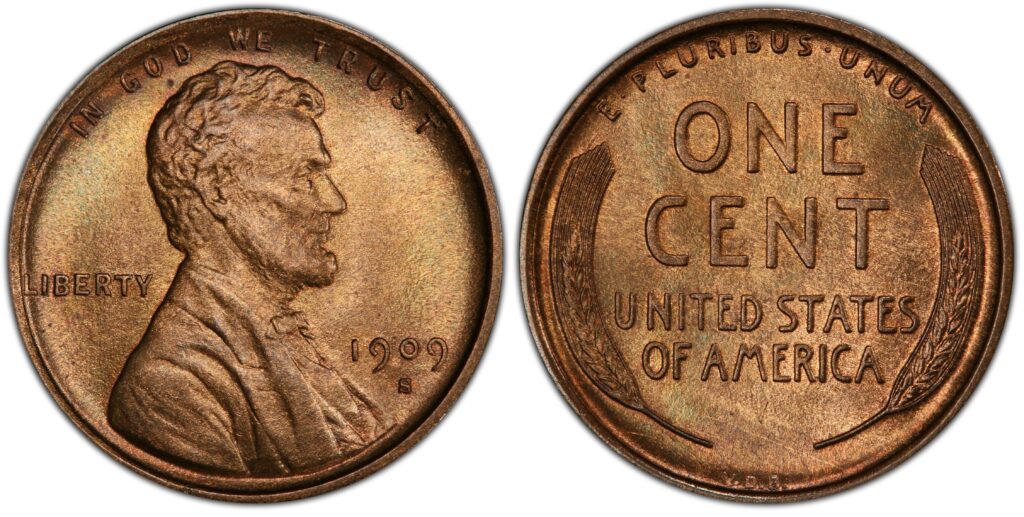
In 1909, the Lincoln Cent replaced the Indian Head penny at the United States Mint.
Victor David Brenner made the design under the direction of Theodore Roosevelt.
On the reverse of the coin, beneath the two wheat stalks, Brenner inscribed his initials V.D.B. Before this, coin designers only used the initials of their last name.
Consequently, it was uncommon for all three initials to appear on the design of a coin.
1872 Indian Head Penny
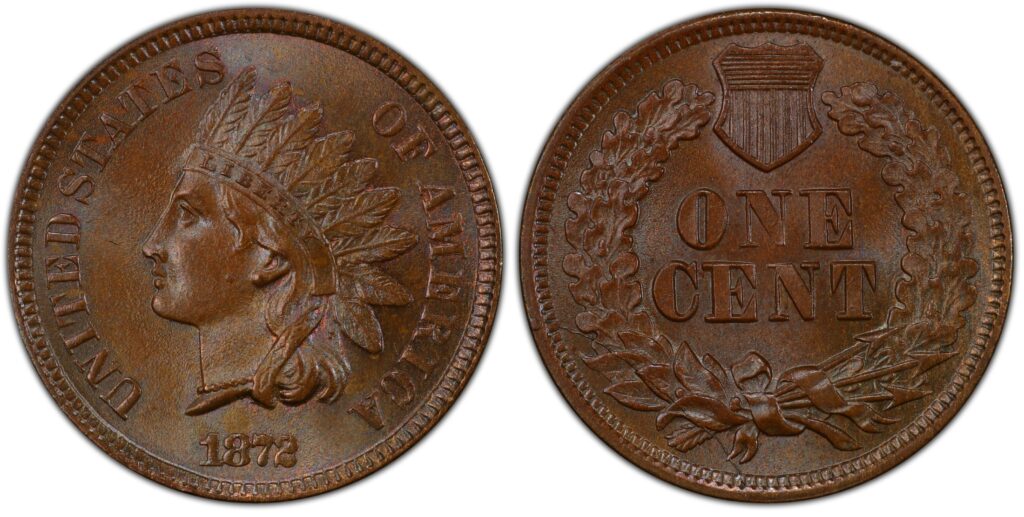
Despite their scarcity, circulated 1872 Indian Head pennies can be found at any coin show or dealer. They were minted in slightly more than 4 million pieces.
However, few people could save coins for their collections due to the financial hardship of the day (including the recession that followed the “Panic of 1873”). As a result, the majority of these pennies were used.
1969-S Lincoln Penny–Doubled Die Obverse
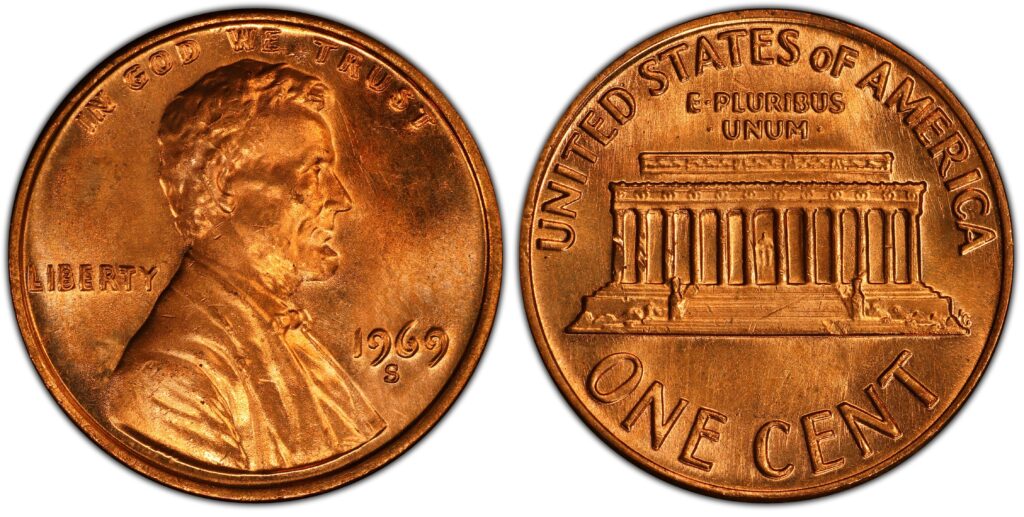
When this coin was first found on July 8, 1970, it was on the front page of the July 8, 1970, issue of Coin World.
After that, the government started seizing these coins because they initially thought they were fake.
Five coins were taken and destroyed before they could be verified as genuine.
1926-S Lincoln Penny
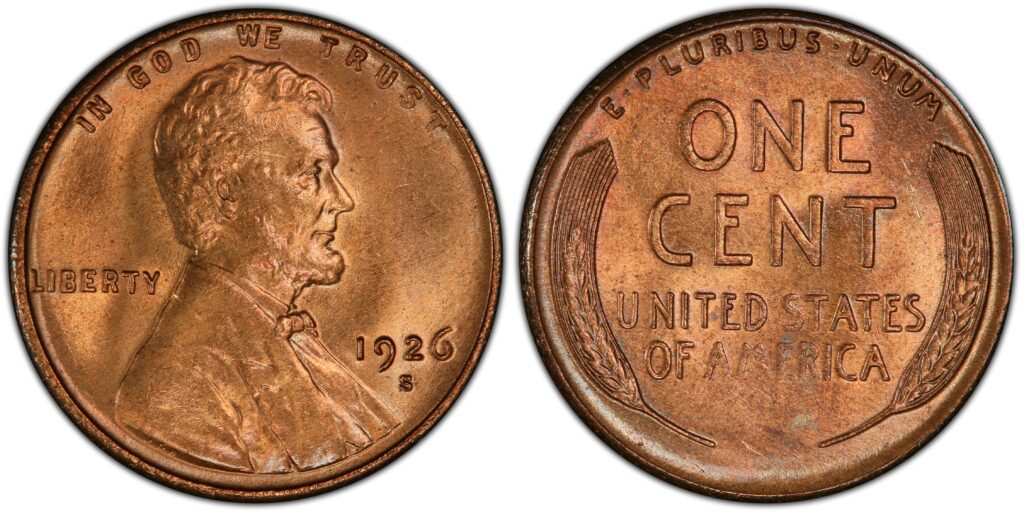
This coin doesn’t appear to have anything particularly eye-catching about it.
However, the date and mintmark on this coin set it apart from all the others, even though it is new and still has the copper-red color it had when it was made.
1877 Indian Head Penny
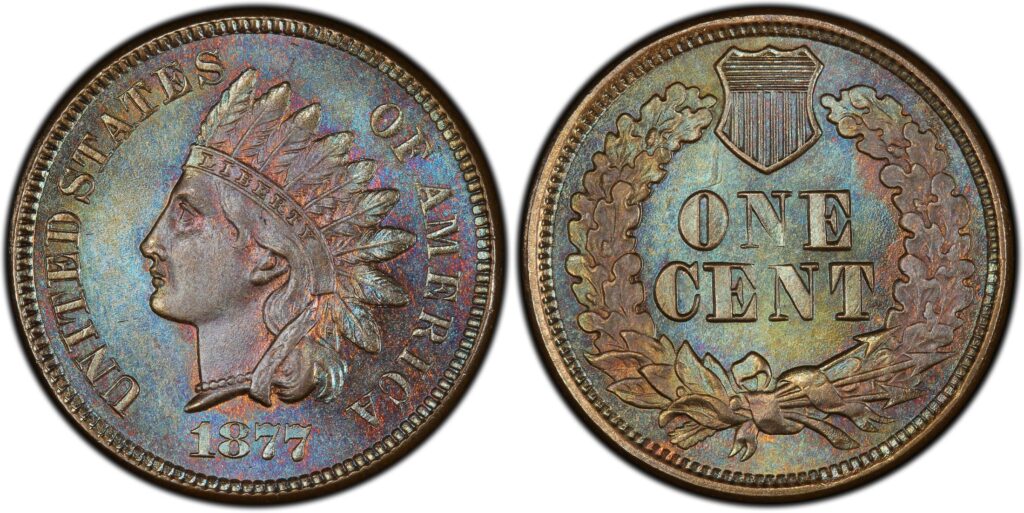
Of all the Indian Head pennies produced, this one is the rarest. The 1873–1877 economic downturn continued in full force in 1877.
As a result, there was a record-low demand for U.S. coins, and it was difficult for families to make ends meet.
Because of this, most Americans could not save even a penny for a coin collection.
1914-D Lincoln Penny
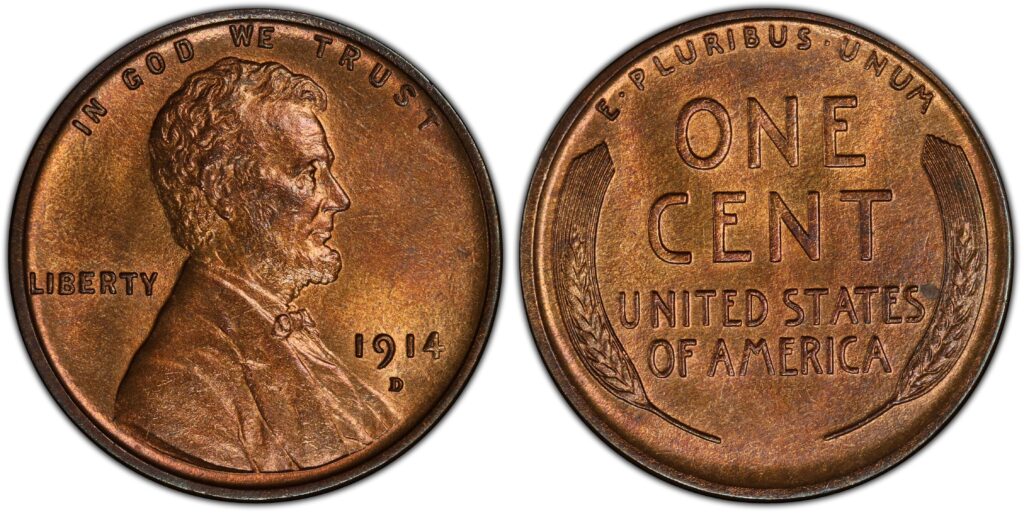
In the 1930s and 1940s, “penny boards,” used to collect coins from circulation, were frequently used and subjected to this coin’s heavy circulation.
Because of this, most 1914-D Lincoln pennies are still in circulation.
However, uncirculated copies in the red color of the mint state are scarce and expensive.
1864 Indian Head Penny
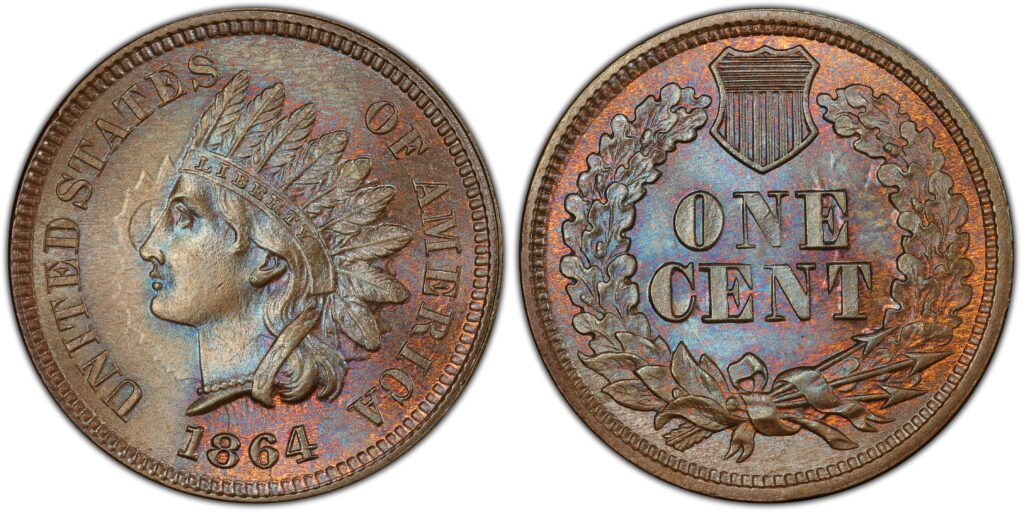
The Civil War was still raging in 1864, and the U.S. economy was in dire straits.
As a result, many people kept their money in gold, silver, and copper coins. But it took a lot of work for the federal government to get the metal needed to make coins.
James B. Longacre, a mint engraver, created the Indian Head penny, which was first printed in 1859.
The tail of the ribbon in Lady Liberty’s war bonnet’s tail was given an “L” starting about halfway through the mintage of 1864 pennies.
1943 Lincoln Cent Struck on Bronze Alloy

This 1943 Lincoln penny was made with a bronze alloy planchet even though it was supposed to be struck on a zinc-plated steel planchet.
People have said that those who worked at the Mint put these coins on bronze alloy planchets on purpose.
1856 Flying Eagle Cent
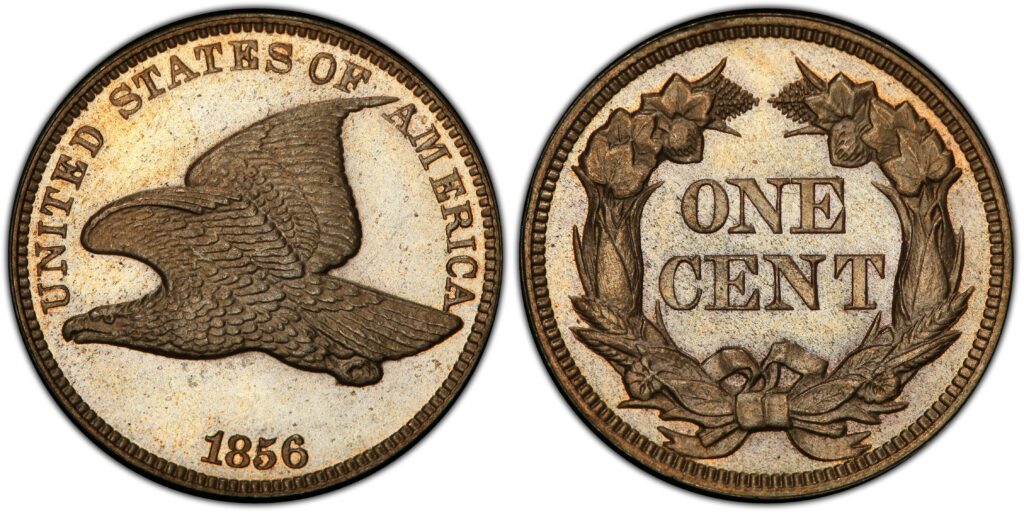
In 1856, copper’s price increased to the point where it cost more than a penny to produce a penny. Before this time, pennies were hefty, large, and nearly the size of a half-dollar.
So the United States Mint tried to shrink the size of the penny to cut costs (to its current diameter).
The mint created about 800 new pennies and gave them to the lawmakers because the move required Congressional approval.
1909 V.D.B. Matte Proof Lincoln Penny

This valuable proof penny bears all three initials “V.D.B.,” just like the 1909-S V.D.B. Lincoln Penny.
Before the Treasury Department ordered the designer’s initials to be taken off, the Philadelphia Mint only made 1,194 of these proof coins.
As a result, this coin is hard to find because it was only made in small numbers. However, collectors are drawn to it because it has bright colors after being kept for a hundred years.
Before you go…
This concludes our list of coins that you ought to gather. You can collect many kinds of coins, but these are the ones to look for! They might appear to have a low face value, but you never know! Be sure to read the articles below before you leave!
Check out my next article: “Top 10 Coins to Collect.”
Related Articles:

